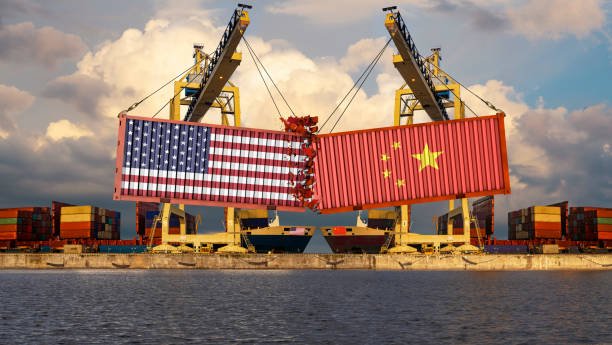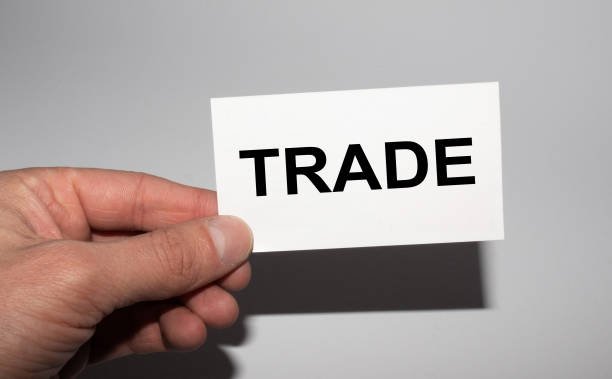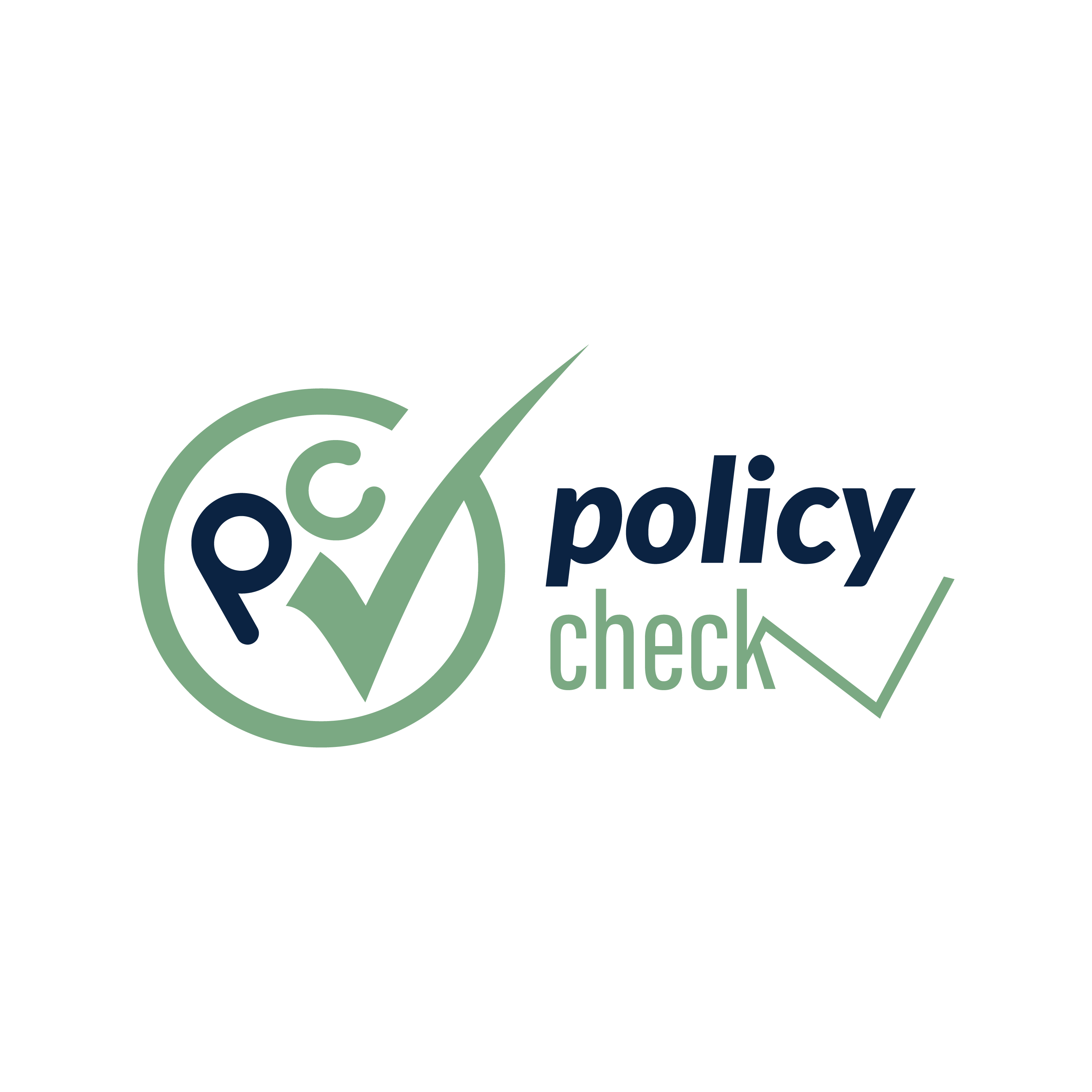Santander looks at splitting car finance
In a major shift in the ever-changing U.S.-linked trade relationship with China, the Biden administration has taken a step to tighten a crucial tariff waiver rule, while China has put an end to a decades-long ban on imports of Boeing aircraft. These detentes signal a possible ease on economic strains which boiled since the Trump-era trade-wars burst out in 2018. The steps taken by both countries are an indication of changes in approaches where both parties try to reconcile the economic desires and the geopolitical realities.
The US attempts to tighten the Chinese imports by focusing on the ‘de minimis ‘ loophole.

Small-value shipments that had been escaping from paying formal customs duties because of a stipulated rule called “de minimis” are seeing an axing of that threshold announced by the U.S. government on Tuesday. Goods whose worth was below the $800 could enter the U.S. duty-free without paying tariff under the past arrangement, a policy that gave Chinese e-commerce giants like Shein and Temu much breathing space. These companies have brought in billions of dollars’ worth of the cheap items to American consumers through this loophole, with much criticism from the lawmakers and their country’s manufacturers.
Through cutting down the de minimis threshold, the administration hopes to shut what it describes as a “massive trade backdoor” that has allowed the Chinese retailers to flood the U.S. market with cheap goods, not subject to tariffs. Officials say, the change will ensure American businesses are not at the receiving end of unfair competition and will help reverse the wave of cheap imports that have strained domestic supply chains and labor markets. According to the U.S. Trade Representative’s office, the change is in line with the general push to level up the trade and the implementation of existing tariff policies inherited from the Trump period.
Although the public who consume have spoken their concerns citing that the move might lead to inflation of daily merchandise, the administration insisted that in the long run, the national economic security and durability of manufacturing will trump short-term costs.
China Re-opens door to Boeing aircrafts as relations between the two warm up.
In what appears to be a reciprocal goodwill, Chinese aviation regulators have, formally, lifted their ban on the Boeing’ 737 MAX aircrafts that are a market for one of the world’s biggest aviation markets. The ban lifting, after years of strained appraisal, is being viewed as a goodwill gesture that could breathe a new life in the U.S.-China aerospace exports.
In its reasons for making such a decision, China’s Civil Aviation Administration cited changes in the safety protocols and many negotiations that took place. There was a sharp increase in Boeing shares as the analysts anticipated renewed demand for Boeing products from China could offset billions in lost revenue of the firm. The Beijing move also indicates the relevance of commercial aviation to the general trade arrangement between the two nations.
Aviation analysts say this move is a practical tangent by China, which aims to stabilise its supply chains and revive its economy from extended lockdowns on the back of a long-drawn property crisis. Re-opening doors for Boeing to conduct business in China may also introduce variations into China’s options for obtaining aircrafts, particularly at the time when reliance on domestic manufacturers such as COMAC intensifies.
Continued tensions in trade.

Although the latest developments suggest easing friction, both the sides are cautious. The de minimis tariff adjustment may yet drive up tempers, especially if Beijing will take the adjustment as a stepping up of the economic containment. But revival of Boeing sales indicates an attitude of the Chinese to minimize political battle in some commercial areas.
The economics and trade policy specialists note that when it comes to the key fundamentals of the U.S.-China trade relations, the Trump-era tariffs – many of which were retained – dictate the terms. Despite revoking some of the hostile measures or softening them, Washington has not done a lot to rein in the 25% tariffs on Chinese goods, especially in the tech and industrial sectors.
In addition, the Biden administration has sent signals that there are new policies on trade determined not only by economics, but also by national security procedures and climate purposes. It entails intensifying the inspection of the Chinese investments in the critical infrastructure and high technologies, as well as keeping the export sanctions on the semiconductors and defence-related equipment.
Looking Ahead: Strategic Trade Engagement or the Resumption of Fighting?
With the world’s two biggest economies still changing their trade positions, there are raised questions on the long-term consequences of opening up new policy fronts. Will lowered de minimis level be the first step in another direction in terms of providing less dependence from China’s consumer goods? Whether Boeing’s restart within the Chinese market will regain the trust between the two governments? Or are these gestures tactical actions in a bigger strategic rivalry?
The twin developments serve as a glimpse of the cha-cha of alliance and antagonism that rules the contemporary U.S.-China trade relations. Regarding both sides’ efforts to defend domestic interests while maintaining economical relations, the changing policy environment will be monitored by the international arena, manufacturing, and policy actors at the same time.
Such live updates highlight a crucial balance act in which the factors of trade, diplomacy, and strategic competition are knitting together in ever more complicated ways. As the dust from today’s announcements blows off, there will be more policy shifts on the cards and the ripples of effects will go well beyond tariff schedules and the sale of aircraft.








